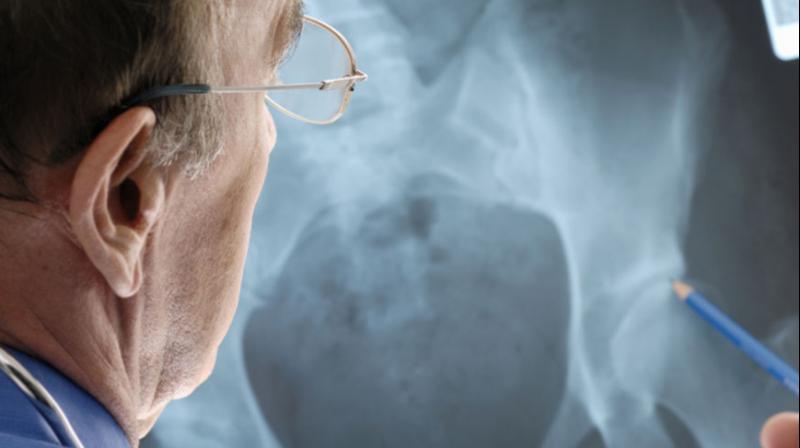Single fracture can take a toll on bone density throughout the body: study
Outcomes showed that hip BMD decreased over time for all women in the study, but was greatest for those who had fractured a bone.

Washington: A single fracture can cause bone density to reduce throughout the body -- not just around the site of injury, a study has found.
The research paves the way for treatments to preserve long-term skeletal health and reduce susceptibility to additional fractures and, potentially, osteoporosis, which is diagnosed when bone-density losses are severe.
"We know one fracture seems to lead to others, but we haven't known why," said Blaine Christiansen, an associate professor at University of California, Davis in the US.
"Our work is the first step on the path to identifying the cellular mechanisms of systemic bone loss," said Christiansen, who led two studies that are among the first to associate fractures with systemic bone loss.
The first study, published in Osteoporosis International, was based on about 4,000 participants in the Study of Osteoporotic Fractures, an observational study of older women that included hip bone mineral density (BMD) measures and fracture history gathered regularly over 20 years.
Outcomes showed that hip BMD decreased over time for all women in the study, but was greatest for those who had fractured a bone -- even if the fracture was not near the hip.
BMD reductions averaged between 0.89 and 0.77 per cent per year for those with fractures, and 0.66 per cent per year for those with no fractures. Those losses were greatest within the first two years of a break.
Published in the Journal of Bone and Mineral Research, the second study was conducted using mice with femur fractures and BMD tests in various bones.
Once again, bone loss occurred throughout the body, most notably in the spine, and was greatest within the first two weeks of fracture. It also was accompanied by higher levels of inflammatory markers in the blood.
Outcomes of the second study interesting age-related recovery differences as well. Younger mice eventually recovered their pre-fracture BMD levels, while older mice did not.
Researchers hope to further characterise the post-fracture inflammatory factors that may contribute to bone loss following fracture.
"It's possible that these factors are key to initiating BMD loss once a bone is broken. Ultimately, we hope to develop therapeutic strategies that interrupt those processes and prevent bone loss," Christiansen said.

